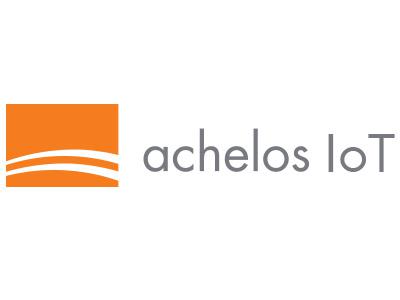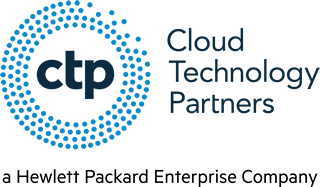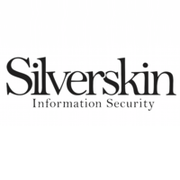
Hollar App and Website Development
Hollar app is an online discount solution for shopping with easy payment, with fast functionalities for shoppers and sellers and exceptional user interface.
Description
Hollar is an outstanding destination for mobile shoppers that need cool products at the right price. The deals on offer start at just $1. The online shop features thousands of quality products handpicked by their team: household essentials, toys and electronics, beauty products, apparel and much more. Hollar’s mission is to offer its customers a seamless experience of joy in discovering great shopping deal.
The project for Hollar is aimed at creating a price-busting mobile app on Android and iOS in cooperation with a US-based team of in-house developers. We needed to offer an easy-to-use mobile retail app that helps shoppers save money on their household budgets. The company requested a functional app that integrates all supported online payment systems while ensuring proper UI/UX for buyers across platforms. Softermii had to offer a large team of senior developers for both backend and frontend and ensure results in a timely and cost-effective manner.
Solution:
Softermii co-developed a free-to-download app for iOS and Android. We ensured that shoppers get push notifications with updates on Hollar "wow offers" like the $2 Deals Galore. That helped increase quarterly sales by 35%. We’ve implemented a unique UX and breakthrough frameworks for the best shopping experience. The app received hundreds of 5-star ratings putting Hollar among the top e-shopping providers. As a result, Hollar management is highly satisfied with our refactoring of the old functionality and speed of development.


















